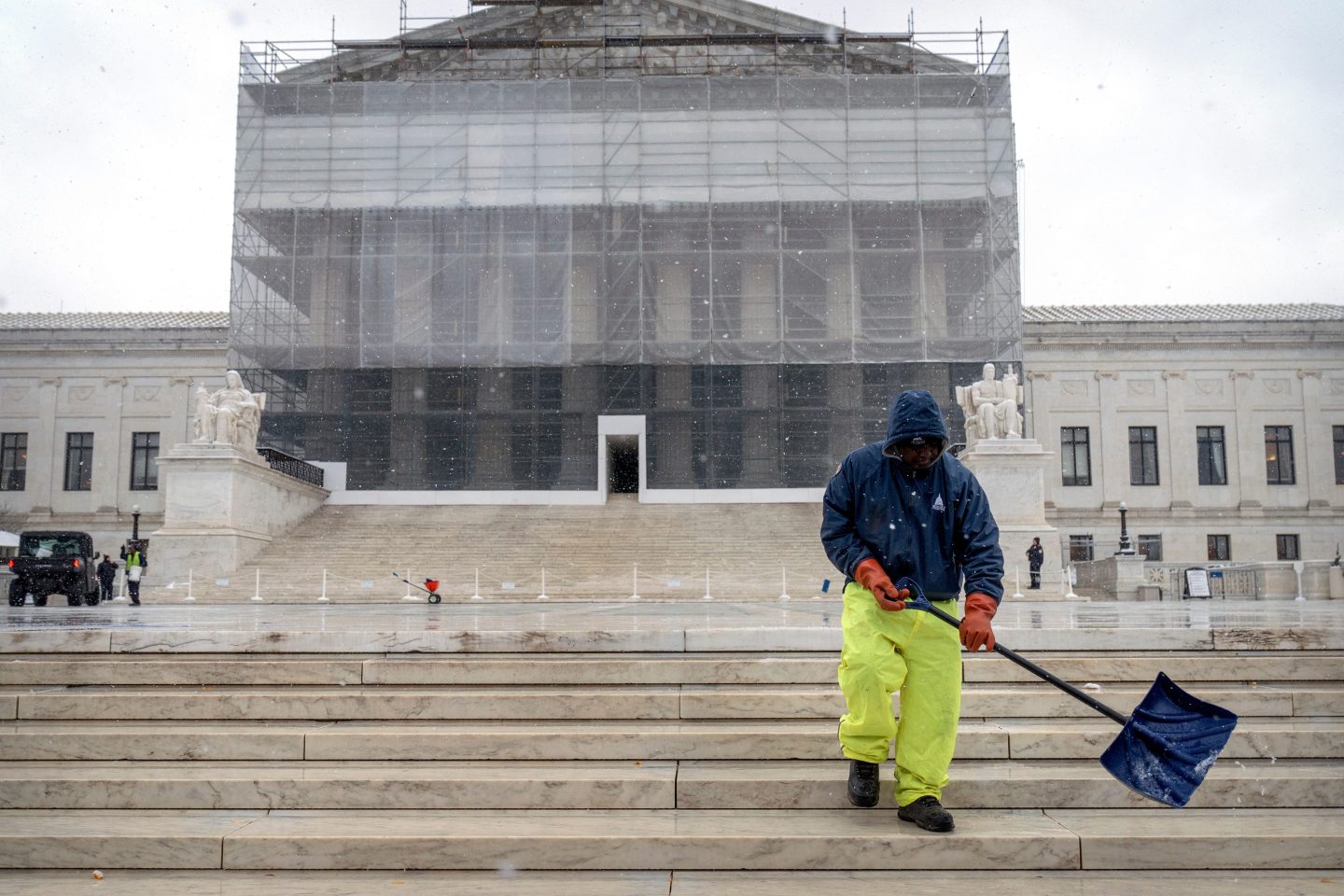The fat cats are still too fat.
On Tuesday, the New York State Comptroller’s office estimated that profits at Wall Street firms fell by 13% in the first half of this year, to $8.7 billion, compared to the first half of 2013. This is unusual. Mergers and acquisition have been booming this year. And judging by the number of initial public offerings this year, including Alibaba—the biggest IPO in history—it feels like Wall Street is partying like it’s 1999 again.
Business is up. So why are profits down?
New York State Comptroller Thomas DiNapoli says the answer is fines and legal fees. “The industry is paying the price for behavior that contributed to the financial crisis,” said DiNapoli in a statement.
But that’s only part of the answer. Wall Street had higher legal costs last year as well. So that shouldn’t account for the drop this year, despite the increase in business. JPMorgan Chase’s (JPM) massive $13 billion settlement was struck in the second half of last year. This year’s biggest settlement was just $16.7 billion paid by Bank of America (BAC). That settlement came in the third quarter, so it’s likely it wouldn’t be part of the drop for the first half of this year either, though BofA could have expensed some of the fine early, knowing it was coming.
But even if BofA did do that, DiNapoli’s study only looks at the profits Wall Street firms made in New York. Bank of America is based in Charlotte, N.C., though a large part of its profits are generated in New York. DiNapoli’s study is also supposed to exclude profits from more traditional bank activities like lending. But since Wall Street’s biggest firms are now also the nation’s largest lenders, that’s hard to do.
Wall Street is still reporting weak-ish profits—for Wall Street, that is (nearly $9 billion for six-months work is still pretty good)—because they never really made the changes they needed to after the financial crisis. Bond trading, which has been down this year, remains Wall Street’s most important business when it comes to profits. And with interest rates sitting at historic lows, bond trading has not been all that profitable this year.
It wasn’t always this way. Back in the 1990s, Wall Street made the bulk of its money in M&A, IPOs, and from the stock market. After the dot-com bust, though, bond trading took off. Gradually, Wall Street became one large, bond trading hedge fund.
But the financial crisis never really changed that. Bond trading in 2009 came roaring back. And so the housecleaning that should have occurred never really happened. And as the financial crisis receded, the need for layoffs dissipated as well. As a result, Wall Street remains dependent on bond trading, so much so that a boom in its other businesses doesn’t seem to matter.
Despite the huge uptick in deals this year, Alan Johnson, Wall Street’s top compensation consultant, estimates that finance bonuses will likely be flat or down this year. “Bond trading is the big elephant on Wall Street,” says Johnson.
Another sign that Wall Street hasn’t adjusted to post-financial crisis realities: DiNapoli says there are just 15% fewer employees working on Wall Street versus before the financial crisis. Yet Wall Street’s profitability is about half of what it once was.
Goldman Sachs, for instance, used to have a return on equity (a key measure of profits on Wall Street) near 30%. Now, its ROE has been hovering around 10%. Goldman aims to get that up to 12%, but even that seems like a long shot. And this is the mighty Goldman Sachs (GS).
Next week, the big banks are expected to start reporting earnings for the third quarter, and the estimates aren’t all that good. JPMorgan’s profits are expected to be down nearly 20% from the second quarter, and 15% from a year before. BofA and Morgan Stanley (MS) are likely to see a small increase in earnings from a year ago.
Brad Hintz, long-time Wall Street analyst who was once the CFO of Lehman Brothers, long before it collapsed, recently retired. Just before he did, though, he downgraded Goldman’s shares. In his farewell e-mail to clients, friends, and a few journalists, Hintz wrote, “The trading businesses of Wall Street are generating returns well below their cost of capital. Even in the middle of an M&A rebound, still-buoyant debt capital markets and an equity underwriting boom, the aggregate ROEs of the banks are lackluster.”
When business is up, profits should be up. That’s the sign of a healthy business. The question is, why have Wall Street firms done such a poor job managing the changes in their own industry? It’s a question that Wall Street clients, who often come to investment bankers looking for advice, should be asking.












